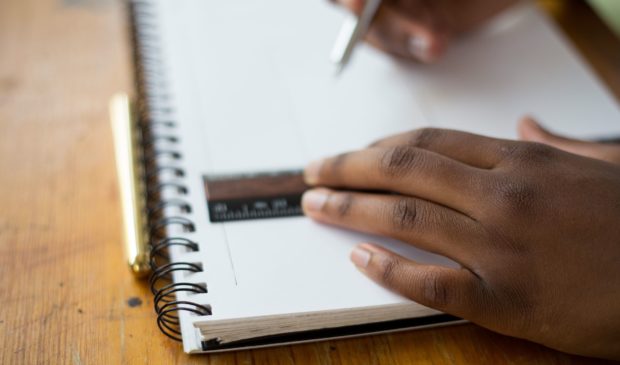AISD debuts two draft bond proposals
Wednesday, July 20, 2022 by
Willow Higgins Austin Independent School District hosted a series of four meetings last week to talk to community members about the bond planning process for the upcoming year. Over 200 stakeholders tuned in to the first meeting alone to better understand the process and provide their two cents on the first draft of the proposals.
At the meetings, representatives from the school district presented two draft proposals, the first a bit more conservative than the second. With community feedback in mind, the board of trustees will ultimately vote on which plan will end up on the November ballot. Ed Ramos, chief financial officer at AISD, explained that the bond proposals were created with several critical needs in mind, all of which would require bond dollars to execute.
The state of Texas classifies AISD as a “wealthy school district” – a label that allows the state to take back 50 percent of the $1.68 billion in Austin’s General Fund, leaving AISD to operate with just over $835 million, shortchanged of what it needs. Because bonds are shielded from recapture by the state, 100 percent of bond dollars are spent in AISD.
“When looking at the needs of a district, bonds can pay for modernized or renovated schools, upgraded athletic and fine art spaces. When you look at major repairs that we cannot afford on our operating budget, it can pay for repairs like HVAC, plumbing, roofing and technology upgrades – not only devices but network or wireless infrastructure – school buses, safety and security needs, and teacher housing,” Ramos said.
Over 100 committee members contributed to the creation of the two bond proposals, pulling insight from seven different long-range planning committees and the Bond Steering Committee in addition to community engagement.
Draft Proposal A was highlighted as the option that would not require a tax rate increase. The $1.55 billion sum would be used to fix critical facility deficiencies, which include things like fire alarms, security systems and much-needed HVAC improvements; 14 campus modernizations; security vestibules at every campus to help protect against potential shooters; technology upgrades; bus replacements; competition fields at all high schools; and a rebuild of Nelson Field and damaged bus terminals.
Draft Proposal B, which clocks in at $2.18 billion, would require a one-cent tax rate increase, unlike the first proposal.
“It becomes very difficult to put everything that we know that we need into a single proposition,” Matias Segura, AISD operations officer, said at a meeting. “When you think about this significant need and that we have a limited amount, we began to think about what a one-cent tax rate increase would afford the district.”
The second draft proposal includes everything that the first proposal includes, plus seven additional campus modernizations, increased technology investment, additional improvements to athletic and visual and performing art spaces, and an allocation for teacher housing to help address the cost of living expenses on a teacher salary.
“We can’t use bond money for salary increases, but we still have a challenge of affordability in the city of Austin,” said Jeremy Striffler, who chimed in at the meeting to discuss the possibility of teacher housing. “Based on the idea of $50 million (as part of Proposal B) we believe we could construct 250 to 400 housing units. What we do have to our advantage is over 2,200 acres of land, as one of the largest landowners in the city, that we could be good stewards of and make sure we are leveraging.”
The four meetings hosted last week were just one of many pushes for community engagement in AISD’s bond planning process. The garnered feedback will be taken into consideration by the board of trustees, which will ultimately have to decide which proposal, if any, to put on the November ballot by late August. Additional public meetings will be held after the bond package is finalized but before Austin voters cast their ballots.
The Austin Monitor’s work is made possible by donations from the community. Though our reporting covers donors from time to time, we are careful to keep business and editorial efforts separate while maintaining transparency. A complete list of donors is available here, and our code of ethics is explained here.
You're a community leader
And we’re honored you look to us for serious, in-depth news. You know a strong community needs local and dedicated watchdog reporting. We’re here for you and that won’t change. Now will you take the powerful next step and support our nonprofit news organization?







